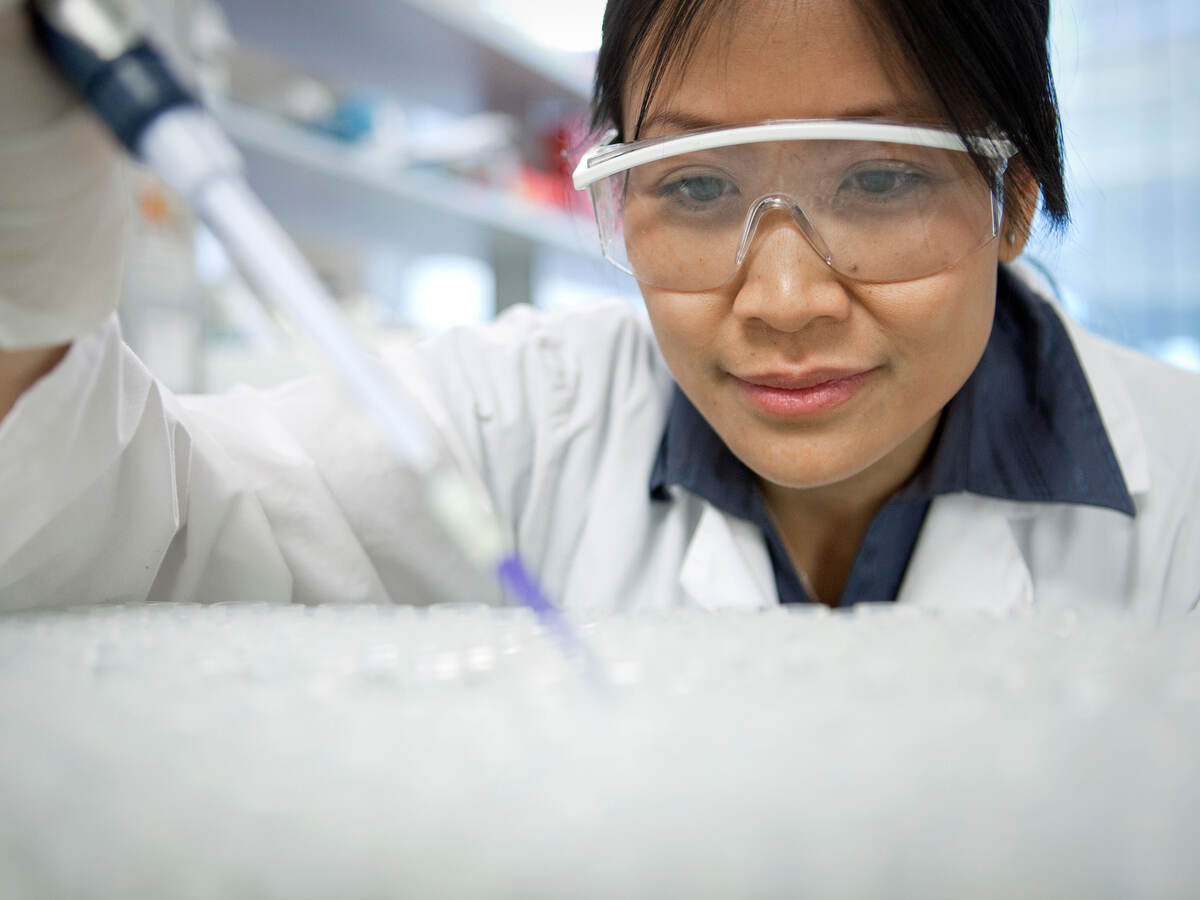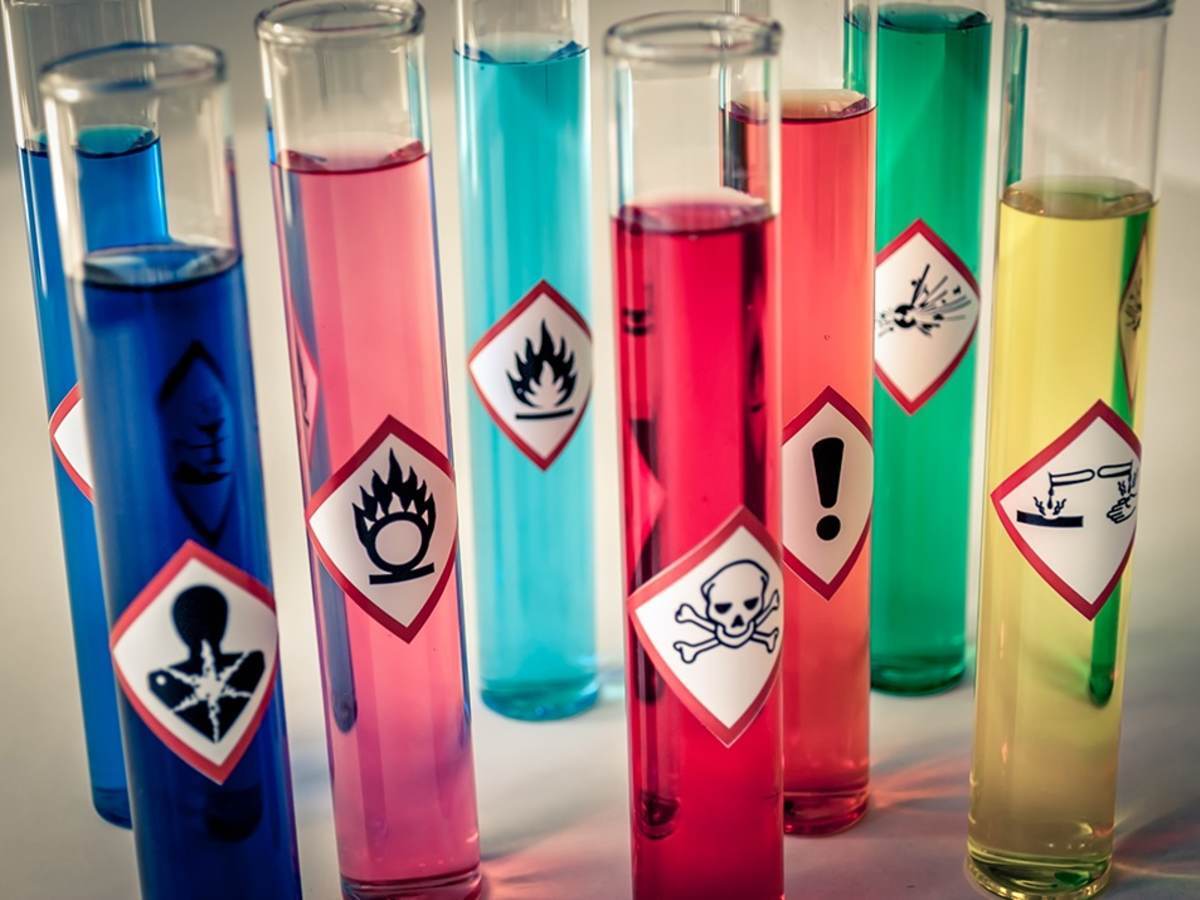December 19, 2022
On December 8, 2022 the EU released a Recommendation and its annex intended to promote the design and use of safer and more sustainable chemicals.
The requirement for safe and sustainable by design chemicals was announced in the 2020 Chemical Strategy for Sustainability. This strategy has a key action point to boost investment and innovation for production and use of chemicals that are safe and sustainable by design throughout their life cycle. The EU intends to do this by providing incentives for substituting, as far as possible, substances of concern so they are removed from the chemical life cycle and prevented from causing harm to either humans or the environment.
The EU Commission has released this recommendation to start providing a workable framework that can be used by Member States, Industry and other parties to move towards creating a definition of what is meant by “safer and sustainable by design” in terms of the chemical industry.
The current recommendation emphasizes the following major points:
- Increase the availability of high-quality FAIR (findable, accessible, interoperable and reusable) data for assessing safety and sustainability without flouting intellectual property rights and, if relevant, security considerations.
- Support the improvement of assessment methods, models and tools, and make new ones available, to integrate into the framework in order to improve the assessment of safety and sustainability.
- Support the development of educational curricula to ensure that the skills required to implement the framework are taught.
The accompanying annex provides more details of the current framework and how interested bodies should go about making chemicals safer and more sustainable by design. The framework consists of 2 stages: a (re)design stage, and a safety and sustainability assessment across the different steps in the life cycle of a chemical or material. The framework takes into consideration functionality and end-use(s).
The (re)design phase encompasses 3 levels of design:
- Molecular design to design new chemicals and materials based on their chemical structure;
- Process design to make the production process safer and more sustainable, both for chemicals and materials being developed and for existing chemicals and materials;
- Product design where the results of the safer and sustainable by design assessment support the selection of the chemicals or materials to meet the functional demands of the final product in which they are used.
This stage is structured so that the ability of a product to meet the safe and sustainable criteria is maximized.
The safety and sustainability assessment stage should start as early as possible in the innovation process to ensure that the principles are being applied to a chemical’s or material’s design. After that, the assessment should be done iteratively, at the subsequent stages of development, as more information gradually becomes available. The proposed safety and sustainability assessment follows a hierarchical approach in which safety aspects are considered first, before moving on to sustainability aspects.
This stage includes 4 major steps:
- Hazard assessment (intrinsic properties)
- Human health and safety aspects of production and processing
- Human health and environmental aspects in the final application phase
- Environmental sustainability assessment
The first 3 steps are designed to build upon the current information and foundation provided by existing chemical legislation such as REACH and CLP, with the 4th Environmental step not yet covered by existing laws. The steps are designed so they can be done either consequentially or in parallel, and there is further scope to include more socio-economic aspects than are currently covered by the annex today.
As part of the release of the Recommendation and Annex, the EU Commission will make a reporting template available and is asking Member States, industry, and other interested bodies to provide voluntary feedback to improve the recommendation moving forwards.
Areas of particular interest are:
- How Member States, industry, etc. use the framework in their R&I programs, activities and elsewhere.
- Initiatives and use cases for testing the framework; initiatives for the development of new methods, models and tools for assessing safety and sustainability and how their outcomes can be accessed and used.
- Initiatives for the development of ‘safe and sustainable by design’ chemicals and materials.
- Assessment reports presenting the results obtained from testing the framework.
- Problems and bottlenecks identified with the use of the framework.
- Information on the establishment of scoring systems and thresholds that can support setting of ‘safe and sustainable by design’ criteria in a revised framework.
Regulatory Roundup Newsletter
Never miss an update
UL, the global safety science leader, can keep you updated on the latest events with a variety of materials, ranging from the latest regulatory news, webinars, white papers, events, industry insights and more.
Subscribe to our monthly Regulatory Roundup Newsletter and stay up to date on current and upcoming regulations and all the latest chemical industry news.
Safety Data Sheet (SDS) Authoring and Labeling Services
Create, maintain and distribute comprehensive SDSs and labels to meet your increasingly complex global compliance requirements.
Chemical Regulatory Compliance
Manage your chemical compliance needs with the help of global regulatory expertise and leading resources.
Chemical Compliance Training
We provide a series of chemical regulatory training programs designed to help understand the diverse set of requirements and how to confront them.
Get connected with our sales team
Thanks for your interest in our products and services. Let's collect some information so we can connect you with the right person.





